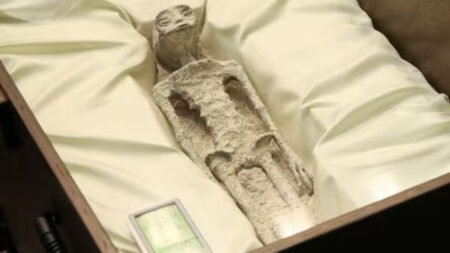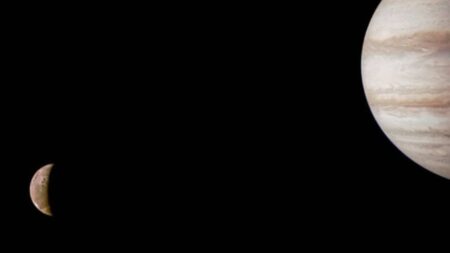Sunday dawned with the International Space Station posting on Twitter the arrival video of NASA’s SpaceX Crew-5. After spending 157 days in orbit, the SpaceX Crew capsule, carrying four astronauts, named ‘Endurance’ successfully descended into the Gulf of Mexico off the coast of Tampa in Florida. On board were two NASA astronauts, one Japanese astronaut, and one Russian cosmonaut. This triumphantly marks NASA’s fifth crew gyration mission completion to the International Space Station and SpaceX Crew-5 mission’s eighth crewed gyration flight.
Insight into the Flight and Crew – SpaceX Crew-5
SpaceX Crew-5 was lifted off from Cape Canaveral in Florida on the 5th of October. As a consequence of a cooperative and collaborative flight agreement struck in 2022 between Nasa and Russia’s space agency.
Anna Kikina, 38, became the first Russian to travel aboard an American spacecraft in 20 years along with Japanese astronaut Koichi Wakata, 59, who was on her seventh space mission. NASA flight commander Nicole Aunapu Mann, 45, a recognized Wailacki tribal member of the Round Valley reservation, made history by being the first Native American woman to enter orbit. Mann displayed a dream catcher she had brought to the space station as a ritual designed in Northern America to shield off bad agonies. NASA pilot Josh Cassada was also on board. Throughout their journey, they covered 66,577,531 miles, stayed in the space station for 156.5 days, and made 2512 orbits of the planet.
Objectives of Crew Programmes
The objective of NASA’s Commercial Crew Program is to provide affordable, dependable, and safe access to and from low-Earth orbit and the International Space Station. This has enhanced the possibility for discovery onboard humanity’s microgravity testbed for expedition and is already giving researchers more time to conduct the study, in addition to assisting NASA in getting ready for manned missions to the Moon and Mars.
Participations and Purposes in Space
The Crew-5 crew participated in several scientific, academic, maintenance, and technical demonstrations during their mission. On three spacewalks, Cassada and NASA astronaut Frank Rubio deployed two new iROSAs (International Space Station Roll-Out Solar Arrays) and prepped the station for future additions. Together, Mann and Wakata performed two spacewalks and equipped the orbiting laboratory with additional solar arrays.
The crew tested an on-demand system to produce precise amounts of essential nutrients from yogurt, kefir, and a yeast-based beverage while they were on station. They also released the first satellites for Zimbabwe and Uganda, studied how liquids move in a container in modelled lunar gravity, and tested hydroponic and aeroponic techniques to grow plants without using soil. The astronauts restored the station’s bioprinting equipment as a first step in their long-term ambitions to produce whole human organs in space, and they cultivated dwarf tomatoes to meet the requirement for a constant fresh-food production capacity in space.
Past and Future initiatives
NASA’s SpaceX Crew-6 crew, which also consists of four people—NASA astronauts Warren Hoburg and Stephen Bowen, UAE astronaut Sultan Alneyadi, and Roscosmos cosmonaut Andrey Fedyaev will complete the mission. The successor Crew-6 mission team members, launched on March 1 from Cape Canaveral, caught up with Crew-5 before they left the ISS. A Soyuz rocket was deployed from Kazakhstan a little over a week to replace the MS-22, another Russian spacecraft that was wrecked while docked to the ISS.
Since Moscow invaded Ukraine more than a year ago, cooperation on the International Space Station (ISS) has become one of the few places where the United States and Russia still collaborate.
Telecast
The return to Earth of the SpaceX Crew-5 mission is being fully covered by NASA. The live broadcast of the splashdown began at 10:30 IST (midnight EST on Saturday). On NASA Television, the NASA app, and the organization’s website. The entire video will be gradually released to viewers soon.













